
Bollywood has finally peaked. The sentimentalism, chirpy musical numbers, physics-defying fight scenes and aggressively cheesy romantic plots have all come into their own in RRR, one of the biggest Bollywood hits in recent memory to gain an international audience. I would normally object to individual elements of the movie, including its ludicrous storyline and plot holes. But the way they have come together is strangely fascinating.
RRR, which is short for “Rise, Roar, Revolt" and must be one of the dullest film titles ever, is the story of 1920s India as it struggles under the yoke of British rule. But RRR is not that interested in history. It is a fantasy that uses a particular period in Indian history as inspiration to tell an imagined, highly patriotic tale about resisting subjugation and realising national unity.
The film revolves around two protagonists, based on real-life revolutionary leaders, that are introduced to us in spectacular fashion. The first is Raju (Ram Charan), a police officer working for the British Raj. When thousands of enraged Indian protestors are about to break into one of the colonialists' enclaves, he jumps over a fence and takes on waves of human beings using nothing but a baton. And he basically wins.
The second protagonist, Bheem (N.T. Rama Rao Jr), lives in a rural part of India, engaging in feats that require him to outrun and eventually wrestle with an adult tiger. He also wins his battle.
The two are brought together by fate. A small girl from Bheem’s village is abducted and taken to the British governor of India’s mansion in Delhi. Bheem, the warrior that he is, is tasked with finding her and bringing her back home. When the British find out that he has arrived in Delhi, they set loose a warrior of their own, Raju, who seems more interested in advancing his career as an officer than the well-being of India. The cat-and-mouse game transforms, though, bringing together two of India’s legendary revolutionaries to participate in heroic feats of defiance.
The most expensive Indian film to date, it is available on Netflix for international audiences. The price tag is not surprising. The film uses wild animals, especially tigers, in action sequences in ways unlike any other film. In a particular scene, one of the main characters grabs and flings at another person a full-grown tiger (How come Dwayne “The Rock” Johnson never thought of this?). To achieve such shots, obviously, expensive CGI was necessary.
Aside from its special effects, a great deal of energy is poured into themes of Indian nationalism and lionising its protagonists. The film's best part is flashbacks to Raju’s childhood, where his motives are unearthed. The raw power of the scene elevates the character far and above Bheem, the latter of which comes off as a one-dimensional character.
Throughout the film, no explanation is given as to why the two protagonists, and only the two, possess superhuman abilities. The action is over the top and puts the Fast & Furious series to shame. The main characters can execute plans that could never work without divine intervention, heal in ways that defy current understanding of the human anatomy, go for a week without food before losing any energy, and have the strength of 10 men.
Why? Perhaps the protagonists are metaphors for India as a country that could conquer all and will not take lightly to being conquered. More importantly, the filmmakers seem to be saying that it is a country undefeated and wholesome when the parts that make it (the Rajus and Baheems) come together – the whole better than the sum of its parts.
RRR is a guilty watch. The theme is unsophisticated, the dialogue is terrible, and the plot holes are a dime a dozen. But it is so fun to watch. Nonetheless, anyone who wants to be serious about Indian movies can go deeper. An excellent primer is the brilliant Gangs of Wasseypur. It is India’s version of The Godfather but creative and inspired in its own right. Just as importantly, there are no dance numbers. There is also any film by Satyajit Ray, especially his heartbreaking Apu Trilogy.
PUBLISHED ON
Sep 10,2022 [ VOL
23 , NO
1167]

Fortune News | Oct 21,2024

In-Picture | Sep 29,2024

In-Picture | Sep 14,2024

Fortune News | Sep 01,2024

Life Matters | Apr 15,2023

Radar | Jan 16,2024

Agenda | May 09,2020

Radar | Dec 15,2024

My Opinion | Jun 21,2025

Commentaries | Oct 18,2025

Photo Gallery | 177918 Views | May 06,2019

Photo Gallery | 168128 Views | Apr 26,2019

Photo Gallery | 158855 Views | Oct 06,2021

My Opinion | 137026 Views | Aug 14,2021
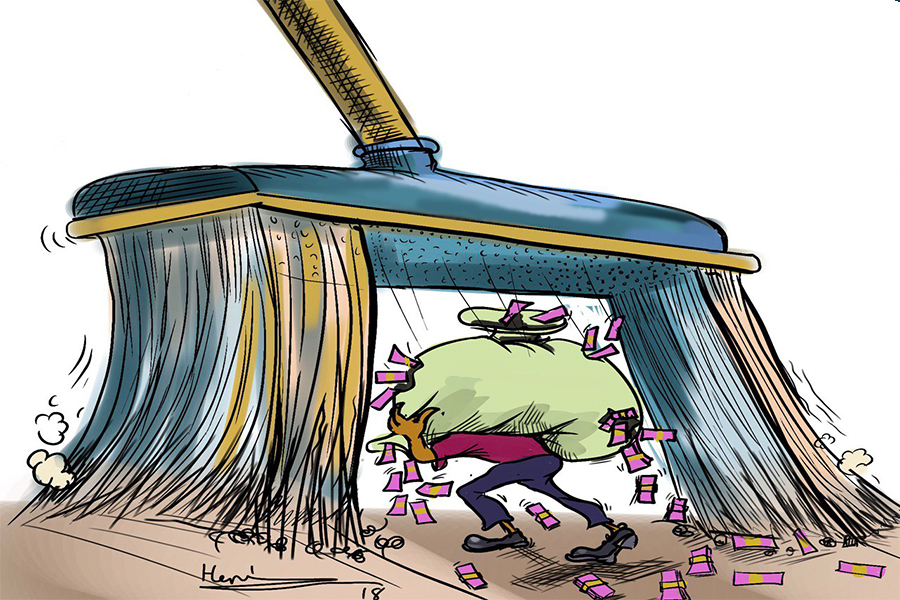
Oct 25 , 2025
The regulatory machinery is on overdrive. In only two years, no fewer than 35 new pro...
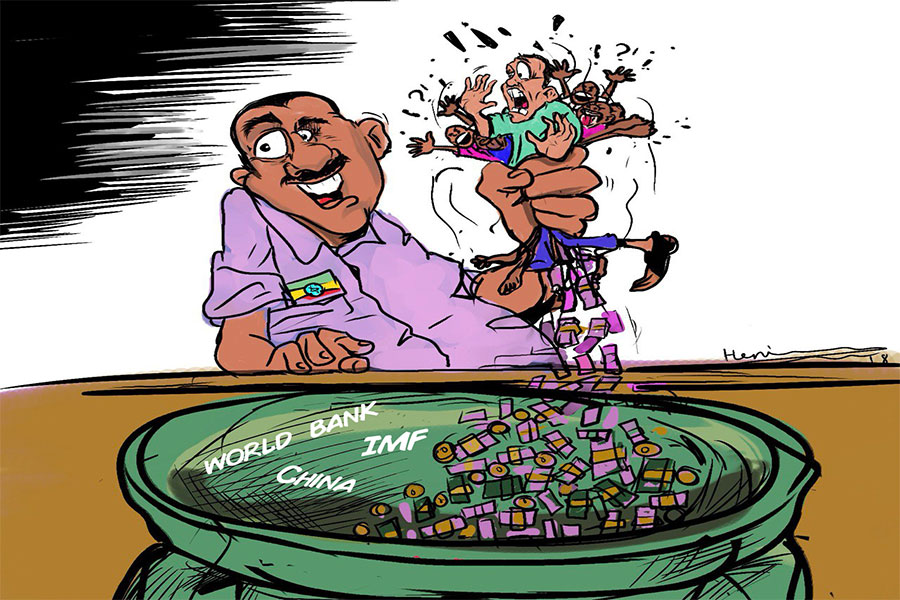
Oct 18 , 2025
The political establishment, notably the ruling party and its top brass, has become p...
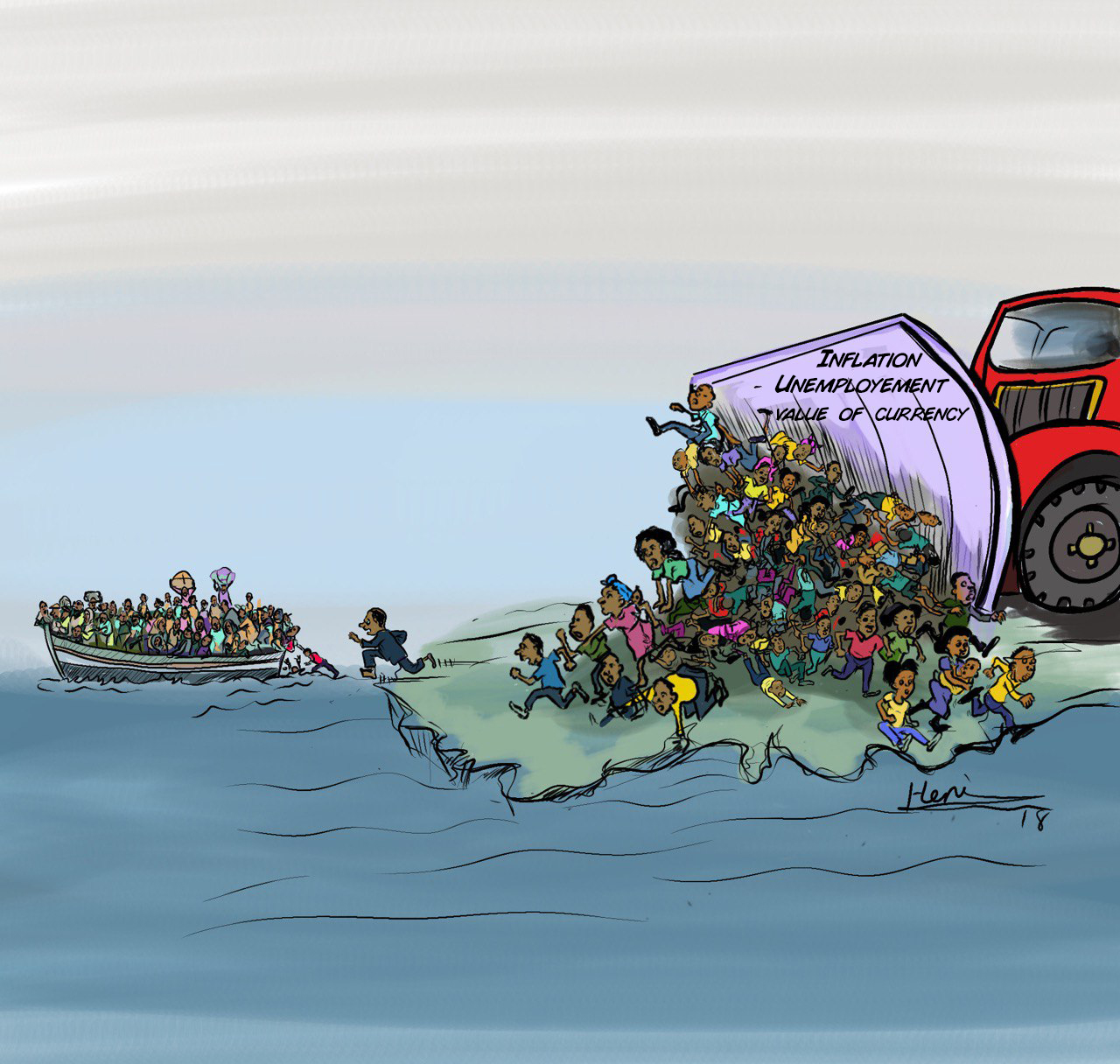
Oct 11 , 2025
Ladislas Farago, a roving Associated Press (AP) correspondent, arrived in Ethiopia in...
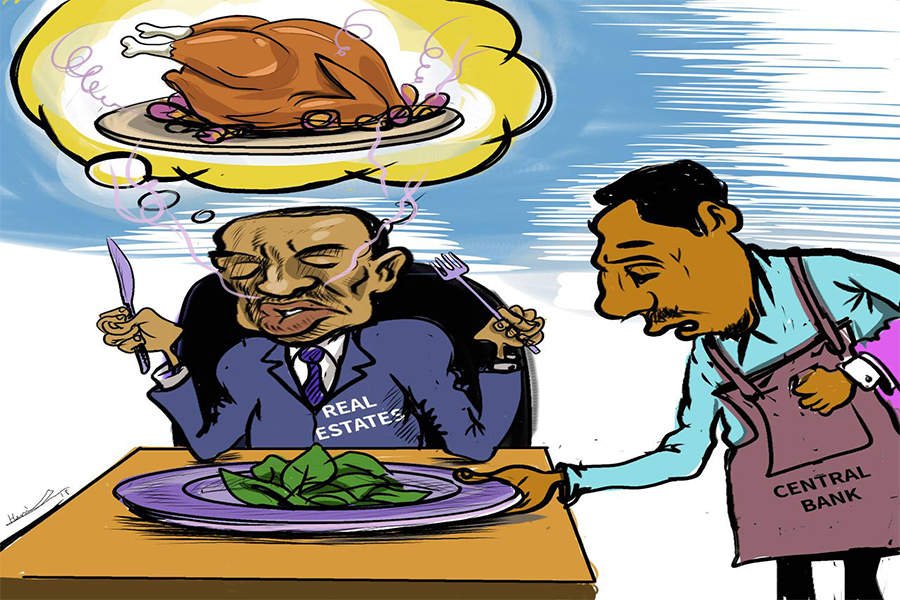
Oct 4 , 2025
Eyob Tekalegn (PhD) had been in the Governor's chair for only weeks when, on Septembe...
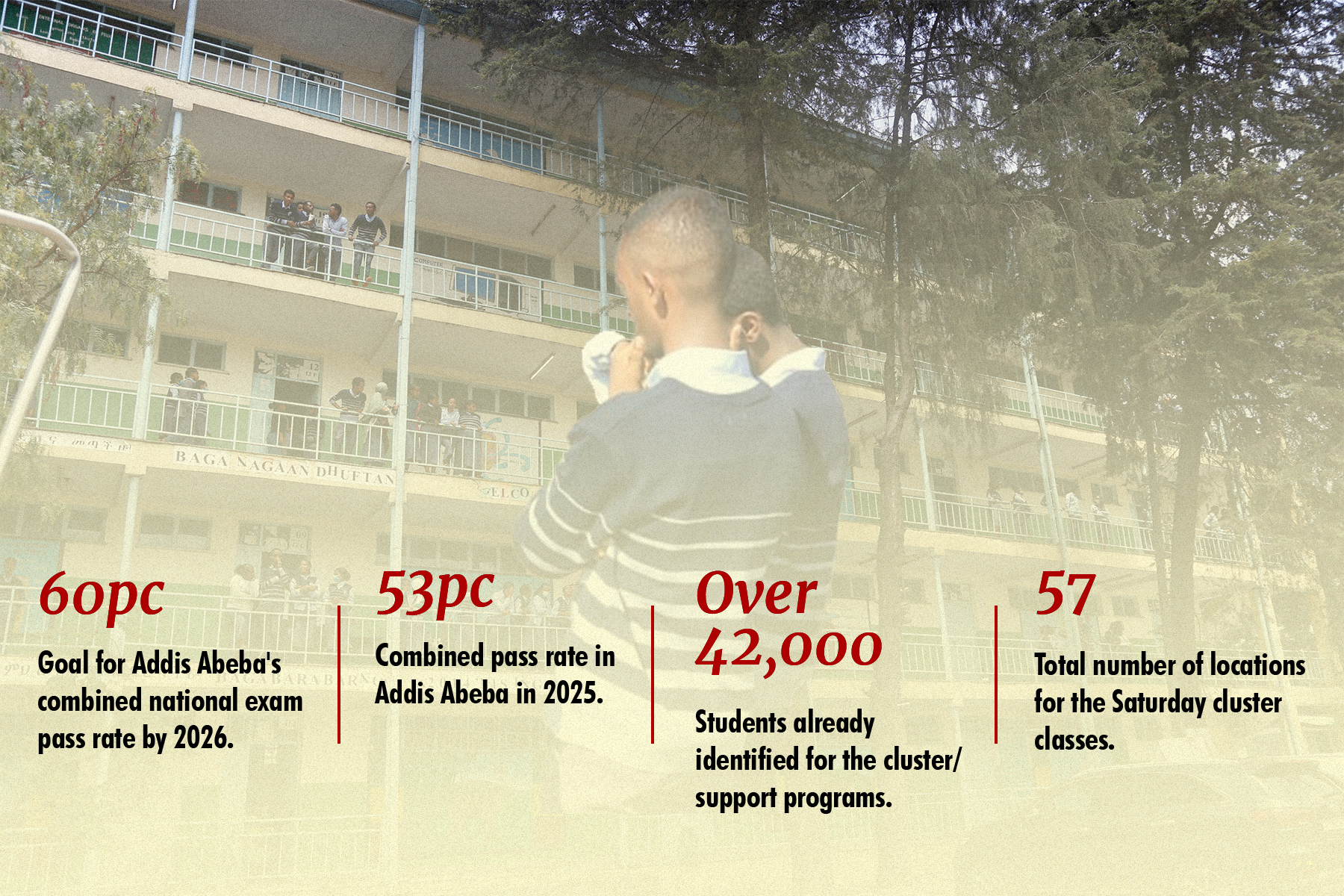
Oct 25 , 2025 . By YITBAREK GETACHEW
Officials of the Addis Abeba's Education Bureau have embarked on an ambitious experim...

Oct 26 , 2025 . By YITBAREK GETACHEW
The federal government is making a landmark shift in its investment incentive regime...

Oct 27 , 2025
The National Bank of Ethiopia (NBE) is preparing to issue a directive that will funda...

Oct 26 , 2025 . By SURAFEL MULUGETA
A community of booksellers shadowing the Ethiopian National Theatre has been jolted b...